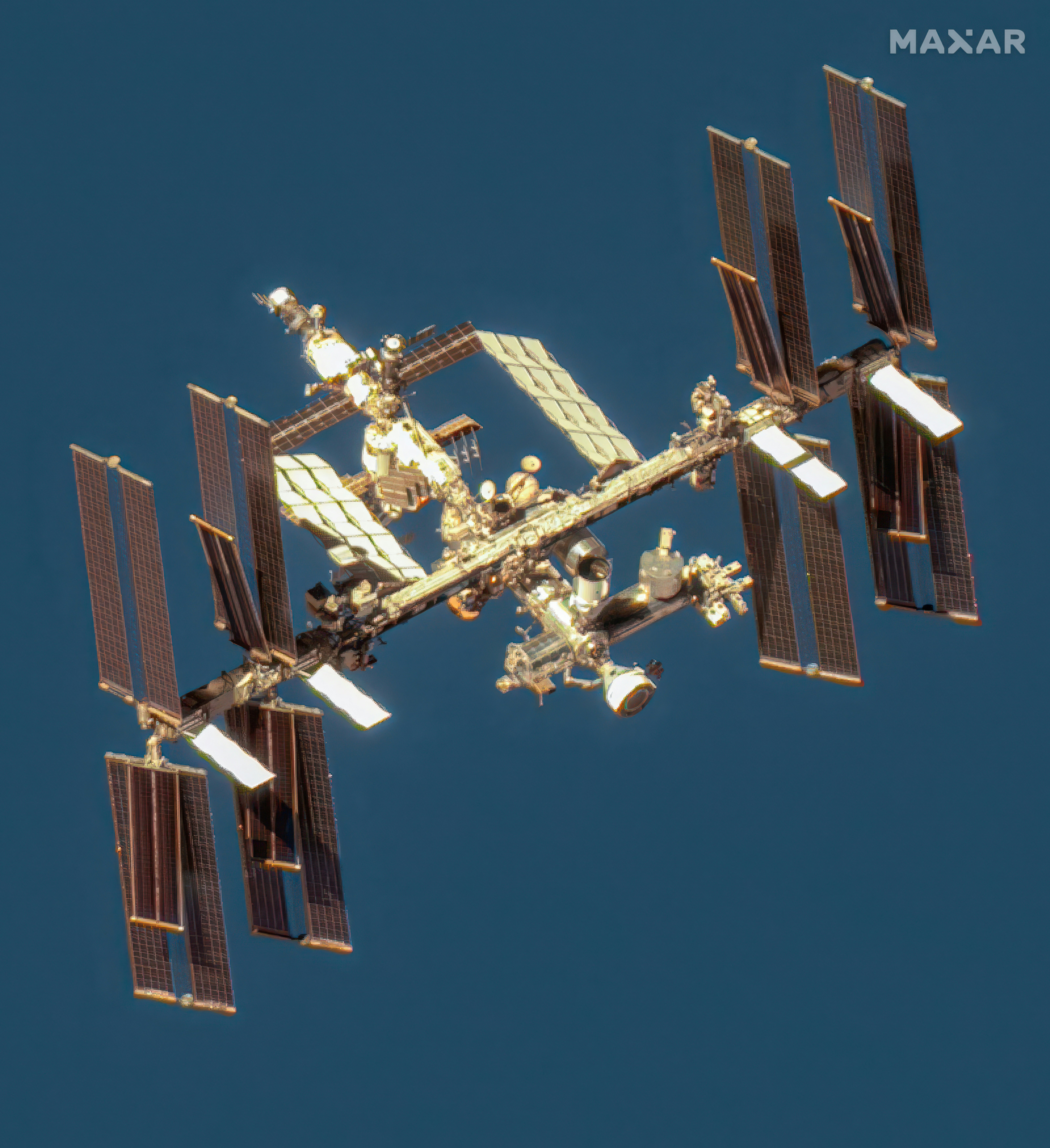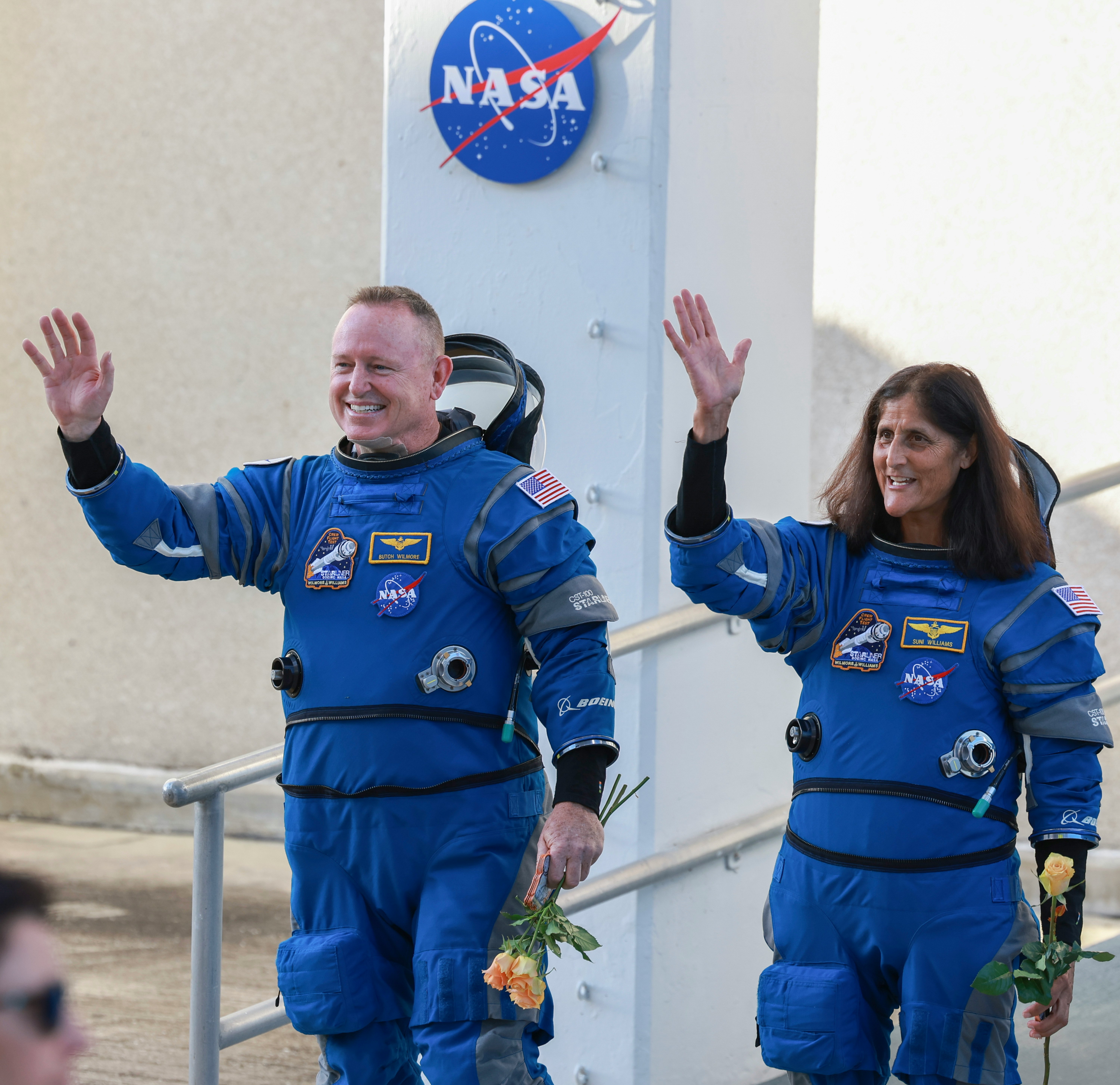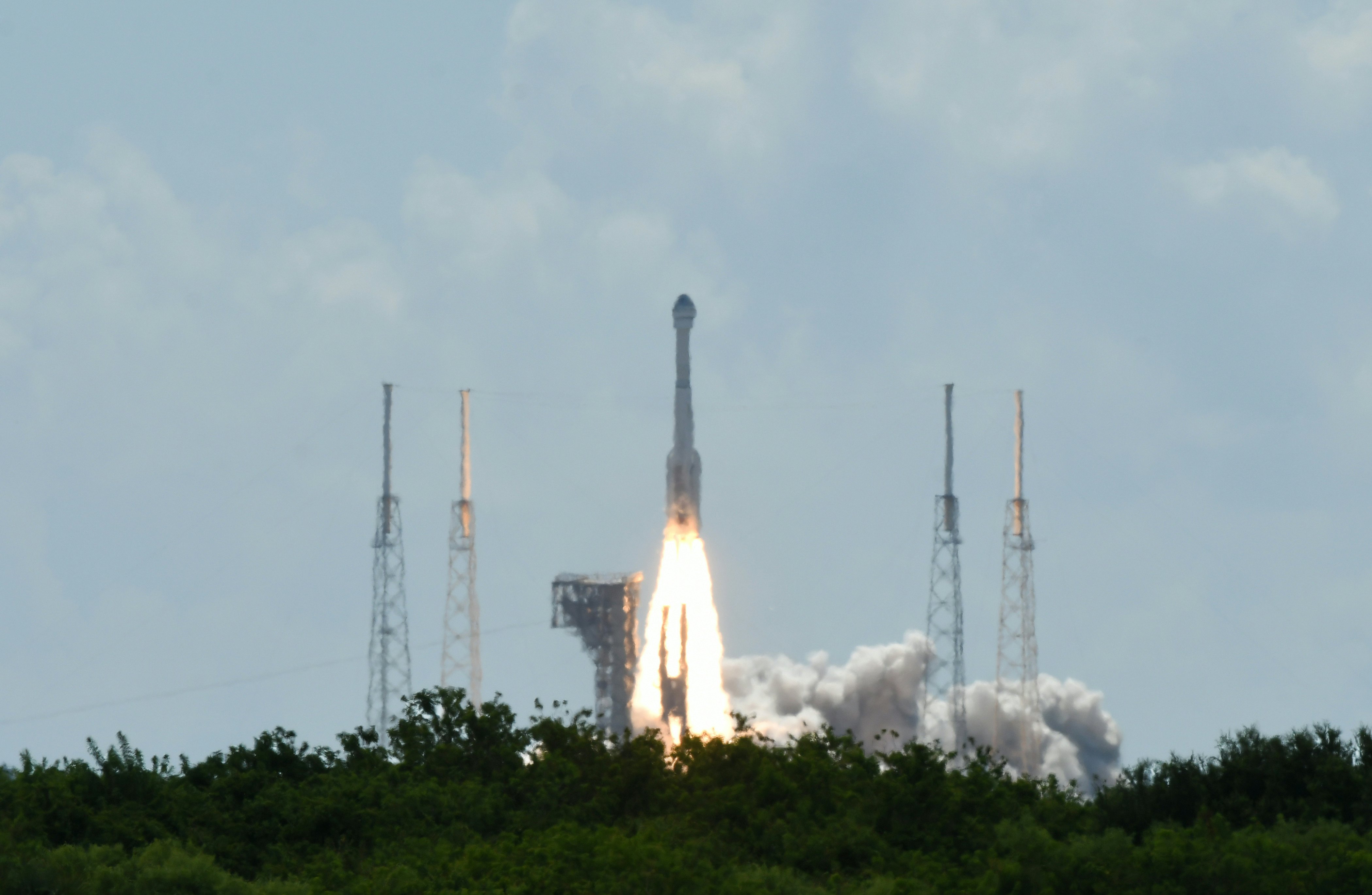
The Starliner crew is on the International Space Station for the long haul, according to NASA in a press conference today.
Boeing’s Starliner spacecraft is already on day 35 of what was originally supposed to be a nine-day mission, and it won’t leave the International Space Station (ISS) before the end of July, NASA commercial crew program manager Steve Stich and Boeing VP for commercial crew Mark Nappi told the press during a call earlier today. Engineers and technicians on the ground are finishing tests — and analyzing a mountain of data — on the spacecraft’s thrusters and a helium leak, and it could be at least another two or three weeks before they’re ready to bring Starliner home for anything short of an (unlikely) emergency evacuation from ISS.
Inverse has all the details about why it’s taking so long to bring Starliner home, how the not-stranded-but-definitely-delayed crew is spending their time in orbit, and why the spacecraft has to leave ISS by mid-August.

An Abundance of Caution
Boeing and NASA don’t believe that any of Starliner’s thrusters are damaged, say Stich and Nappi speaking at a press conference on Wednesday. If Starliner had to leave the International Space Station immediately (maybe because of a collision with a piece of satellite debris, like the near-miss that caused the crew to take shelter aboard Starliner earlier this week), the ship could get its crew home safely, according to Nappi.
“If we were to have to do that today, we would just perform a nominal undocking and return,” Nappi told reporters during a press conference on Wednesday.
The extensive tests keeping the spacecraft docked at ISS, they said at the press conference, are a chance for engineers to figure out exactly why five of Starliner’s 28 maneuvering thrusters (technically called the Reaction Control System, or RCS) failed while the spacecraft was docking with the International Space Station on June 6. Starliner’s service module — which houses the thrusters — is designed to burn up during re-entry to Earth’s atmosphere, so once the ship heads home, engineers will lose their chance to poke at the problem.
Boeing and NASA also want to be extremely sure there’s actually nothing wrong. “We don’t believe that we have damaged thrusters, but we want to fill in the blanks and run these tests to assure ourselves of this,” Nappi says.
Stich adds, “Really, what we're doing is just taking the time to make sure that we have looked under every rock and every stone, just to make sure that there's nothing that would surprise us.”
Starliner Recap: Failed Thrusters and Helium Leaks
During its rendezvous with ISS on June 6, five of Starliner's 28 maneuvering thrusters failed. The crew and mission control managed to get four of them back online, but one (thruster B1A3) refused to cooperate, first sputtering out just 11 percent of its normal thrust, and then nothing at all. B1A3 will remain shut off for the rest of the mission.
The thruster issues appeared after Starliner had to fire its thruster more — and more often, in several short pulses — than engineers had expected.
And then there are the helium leaks. Starliner uses helium to pressurize its thrusters, and some of that helium is leaking out around the O-rings used to seal the area where the helium — and two lines that carry rocket propellant — pass through a flange and into the thruster.
"Helium was getting out from that flange area and somehow getting around that O-ring," says Nappi "The design should have been sufficient, but there's obviously something going on in that cavity that we don't understand."

So Much Testing, So Little Time
Last week, Starliner test-fired its thrusters while docked to the ISS, using the station’s flight control system to measure how much thrust the thrusters were actually thrusting (Inverse would certainly not like to apologize for that sentence, thank you).
Meanwhile, at White Sands Missile Range in New Mexico, engineers have test fired several thrusters, trying to re-create the extreme temperatures and workload Starliner’s thrusters faced during flight. Those tests are now complete, but engineers still need to physically check the tested thrusters for damage and analyze a tremendous collection of data about their performance. Next, engineers will be repeating the process — but this time they’ll be simulating the “downhill” phase of the mission, or the return to Earth.
“We really wanted to get that testing completed and actually physically inspect the thruster before we committed to the nominal undocking,” says Stich. “I think there's ways from what we've learned from this flight to change the number of pulses required for the rendezvous and docking phase to not put such demand on the thrusters.”
Engineers are also working on the helium leak, which means smearing grease on spare flanges, tossing debris into them, and blasting them with heat to test possible causes for the leak. They also need to make sure that the thrusters are still getting enough helium to keep them pressurized — at least enough to work reliably and safely.
“We would like to duplicate that flange design on the ground under a controlled test and see if we can't make it leak, and experiment with some larger seals or maybe a different seal material that might not be as susceptible to degradation from the propellant,” said Nappi.
“The Nature of What We Do”
To bystanders, it seems like an alarming situation: a new spacecraft launches with its first crew, only for its thrusters to fail and start leaking helium pressurizer. But for test pilots like Starliner test commander Butch Wilmore, it’s another day at the office.
“Human spaceflight is not easy. There have been multiple issues with every spacecraft that has ever been designed, and that's the nature of what we do,” said Wilmore.
Nappi and Stich repeated a similar message to reporters.
“We knew that there would be some learning from this flight test. We've learned a great deal from how the hardware works, how our processes work, and how we can improve the things that we're doing,” said Nappi. “As engineers, we test, we learn, we fix, and that’s exactly what we’re going through.”

Make Room, Make Room!
The testing and analysis are likely to take another couple of weeks, at least, which means Wilmore and Starliner test pilot Suni Williams probably won’t be bidding farewell to the ISS until at least the end of July – and Stich described that possible timeframe as optimistic. But Starliner needs to be on its way by mid-August, when a SpaceX Crew Dragon is set to bring a new quartet of spacefarers (astronauts Zena Cardman, Nick Hague, and Stephanie Wilson, as well as Russian cosmonaut Aleksandr Gorbunov) to the ISS.
The SpaceX Crew Dragon spacecraft that carried Crew-8 (astronauts Matthew Dominick, Michael Barratt, and Jeanette Epps, as well as Russian cosmonaut Alexander Grebenkin) to the ISS is still docked at the station, waiting for Crew-8 to hop aboard and fly it home. Before they leave, though, they need to meet and brief their replacements, a process NASA calls a handover. Crew-9 will dock their Crew Dragon with ISS and come aboard before Crew-8 leaves. At the moment, that’s a problem, because Starliner is sitting in Crew-9’s parking spot.
That gives NASA and Boeing a deadline for finishing their tests and either deeming Starliner fit to fly home or making other arrangements.
“The beautiful thing about the commercial crew program is that we have two vehicles, two different systems, that we could use to return the crew,” said Stich, referring to Starliner and Crew Dragon. “We have a little more time to go through the data and decide whether we need to do anything different but the prime option today is to return Butch and Suni on Starliner.”
“Like Coming Back Home”
For now, Wilmore and Williams are safe and sound on the ISS, where they’ve been pitching in with maintenance and science experiments.
“Butch and I have been up here before, and it feels like coming back home,” says Williams. “We've been integrated right into Expedition 71. We've been doing science with them, maintenance, and some major maintenance that has been waiting for a little while.”
Wilmore recently tested NASA’s Moon Microscope, a handheld 3D-printed microscope that’s part of a medical kit that could help future lunar explorers diagnose illnesses and make sure their food, water, and quarters aren’t contaminated. And Williams sequenced DNA while zipping around Earth at 17,500 miles per hour. The pair also helped swap out a urine processor pump. (Never a dull moment aboard ISS, and no lack of variety, either.)
Stich says the whole ISS crew is comfortable and has plenty of supplies — including things like food and clothing — to last the duration. A Northrop-Grumman Cygnus cargo spacecraft is scheduled to launch in early August, bringing new supplies and probably some extra items from home for the Starliner crew, if they’re still aboard. Meanwhile, this isn’t even close to the most crowded the ISS has ever been.
In fact, situations like this one may become more common over the next few years. Stich, paraphrasing retired astronaut Ken Bowersox, said earlier today that now that ISS can provide electricity to docked spacecraft, it can serve as a sort of temporary hangar for engineers to troubleshoot spacecraft in orbit.
Meanwhile, Williams and Wilmore sound calm and confident – which is also part of their job.
“I have a really good feeling in my heart that the spacecraft will bring us home,” says Williams.







